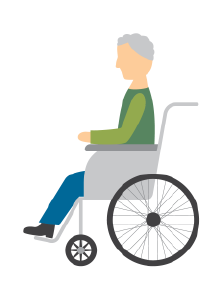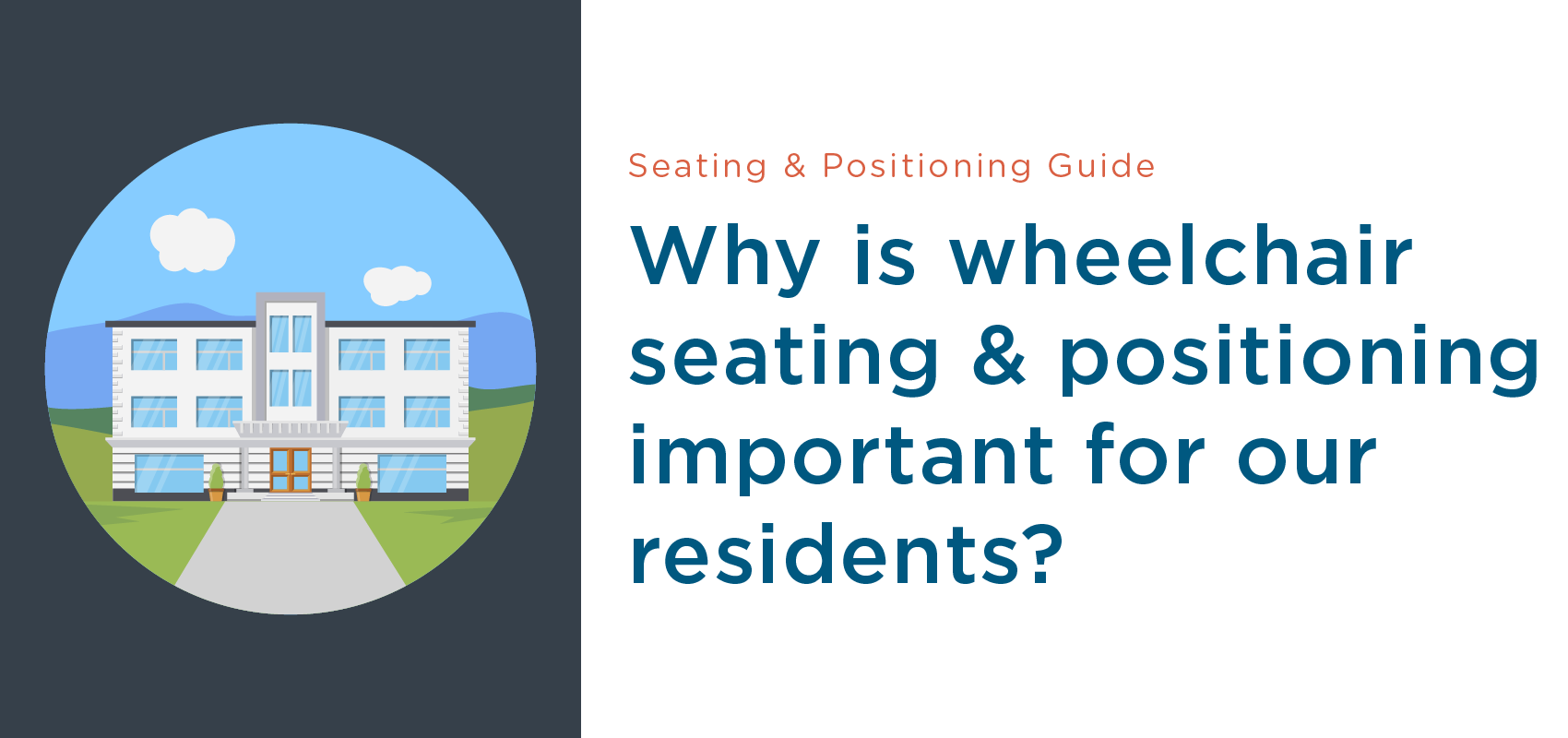Part 15 in our LTC Seating & Positioning series intended to shed some light on the mystery of seating and positioning in the LTC setting. See the rest of the blog posts in the following links: Part 1 (Best Wheelchair Options in LTC), Part 2 (Posture Problems), Part 3 (Posterior Pelvic Tilt), Part 4 (Anterior Pelvic Tilt), Part 5 (Pelvic Obliquity), Part 6 (Pelvic Rotation), Part 7 (Fixed vs Flexible Postural Abnormalities), Part 8 (Windswept Posture), Part 9 (Incorrect Seating Dimensions), Part 10 (Issues with Current Wheelchair System: Seat-to-Floor-Height), Part 11 (Issues with Current Wheelchair System: Back Support), Part 12 (Issues with Current Wheelchair System: Legrest), Part 13 (Issues with Current Wheelchair System: Armrest), Part 14 (Issues with Current Wheelchair System: Head Support)
It is far too common to walk down the halls of our facilities and see residents leaning to the side over the arm rest of the wheelchair, or sliding forward at risk of falling out of the wheelchair. Staff is spending time constantly repositioning these residents to protect them from harm. What if we started providing our residents with the appropriate equipment that would prevent the leaning and the sliding? When it comes to wheelchair seating and positioning we should have the following goals in mind:
| Goals of a therapist when fitting a resident for a wheelchair | |
|
 |
|
|
|
|
|
|
|
|
|
|
|
|
By meeting these goals, we serve our residents well by promoting safety, function, and comfort. Be a 5 STAR facility through achieving your seating and positioning goals:

- Pass state inspections
- Reduce the incidence and cost of wound care
- Reduce the incident of injury due to falls from wheelchair level
- Maintain skin, skeletal, and muscular integrity and function
- Reduce the number of residents with a "decline in function" on quarterly screens
- Eliminate the temptation of using restraints
- Maximize the ability to participate in ADLs from wheelchair level
- Reduce the percentage of residents that report pain while sitting at wheelchair level
- Maximize quality of life
Check in next week when we look at the first steps of performing a wheelchair seating evaluation!

Ana Endsjo, MOTR/L, CLT
Clinical Education Manager LTC Division
Ana Endsjo has worked as an occupational therapist since 2001 in a variety of treatment settings. She has mainly worked with the geriatric population, dedicated to the betterment of the treatment of the elderly in LTC centers. Her focus has been on seating and positioning and contracture management of the nursing home resident. With this experience, her hope is to guide other therapists, rehab directors, nurses, and administrators through educational guides, blogs, webinars, and live courses in her role as Clinical Education Manager for the long term care division.

